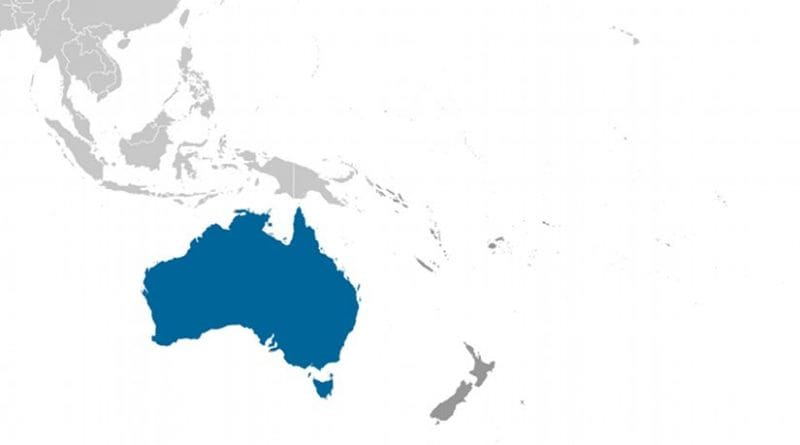Australia At Forefront Of Blue Carbon Economy
In world-first research, Edith Cowan University researchers and an international team of collaborators have accurately quantified the amount of greenhouse gasses — or ‘blue carbon’ — being absorbed and emitted by Australian marine ecosystems.
Published in Nature Communications, the paper shows Australian seagrass, mangrove and salt marshes absorb 20 million tonnes of carbon dioxide each year, which remains locked up in their soils for millennia.
That’s about the same as the annual emissions of more than 4 million cars.
Worryingly, the research shows damage to the same ecosystems is causing 3 million tonnes of carbon dioxide to be released back into the atmosphere each year as a result of human development, severe weather and the effects of climate change.
This quantification of Australia’s blue carbon is the most accurate of any country and paves the way for conservation and restoration of these ecosystems to be counted toward the country’s commitments to emissions reductions such as the Paris Agreement.
The research also provides a financial baseline for investors looking at blue carbon projects to offset emissions.
Major impact on climate change
The research paper’s lead author was Dr Oscar Serrano from the Centre for Marine Ecosystems Research in ECU’s School of Science, who said blue carbon ecosystems play an enormously important role in climate change mitigation and adaptation.
“When these ecosystems are damaged by storms, heatwaves, dredging or other human development, the carbon dioxide stored in their biomass and soils beneath them can make its way back into the environment, contributing to climate change.
“Globally, vegetated coastal ecosystems are being lost twice as fast as tropical rainforests despite covering a fraction of the area.
“These ecosystems are also important as habitats and nurseries for fish and other marine life, helping prevent coastal erosion and improving water clarity.”
Making a splash for cash
The research shows there is money to be made in the restoration and protection of blue carbon ecosystems in Australia.
Based on a carbon trading price of $12 per tonne, the authors see potential for blue carbon projects worth tens of millions of dollars per year in payments from the Australian Emission Reduction Fund and voluntary carbon markets.
“Those projects could take the form of replanting seagrass meadows, restoring mangroves by reflooding or by preventing expected losses through environmental management,” Dr Serrano said.
“These more accurate measurements of blue carbon provide more certainty on expected returns for financiers looking at investing in blue carbon projects.”
Australia a world leader in blue carbon
Dr Serrano said this new research positioned Australia as a world leader in the protection and management of blue carbon ecosystems.
“Australia is home to around 10 per cent of the world’s blue carbon ecosystems, so there’s enormous potential for us to take a lead role in this space,” he said.
“This research points to hotspots for the implementation of blue carbon projects at a national level.”
“Australia is in a position to take a leading role in developing policies to offset greenhouse gas emissions which can then be implemented around the world.
“It’s also internationally significant because other countries can take the work we’ve done here and use it to create their own baselines for blue carbon assessments.”
The process of measuring blue carbon
To accurately quantify Australia’s blue carbon stocks, the research divided Australia into five different climate zones.
That’s because ecosystems in a tropical climate like North Queensland store carbon dioxide at a different rate to those in temperate climates such as in South West WA and South Eastern Australia.
The researchers then created estimates for carbon dioxide stored in the vegetation above ground and soils below for each climate area.
They measured the size and distribution of vegetation and took soil core samples to create the most accurate measurements possible of sequestered blue carbon.

